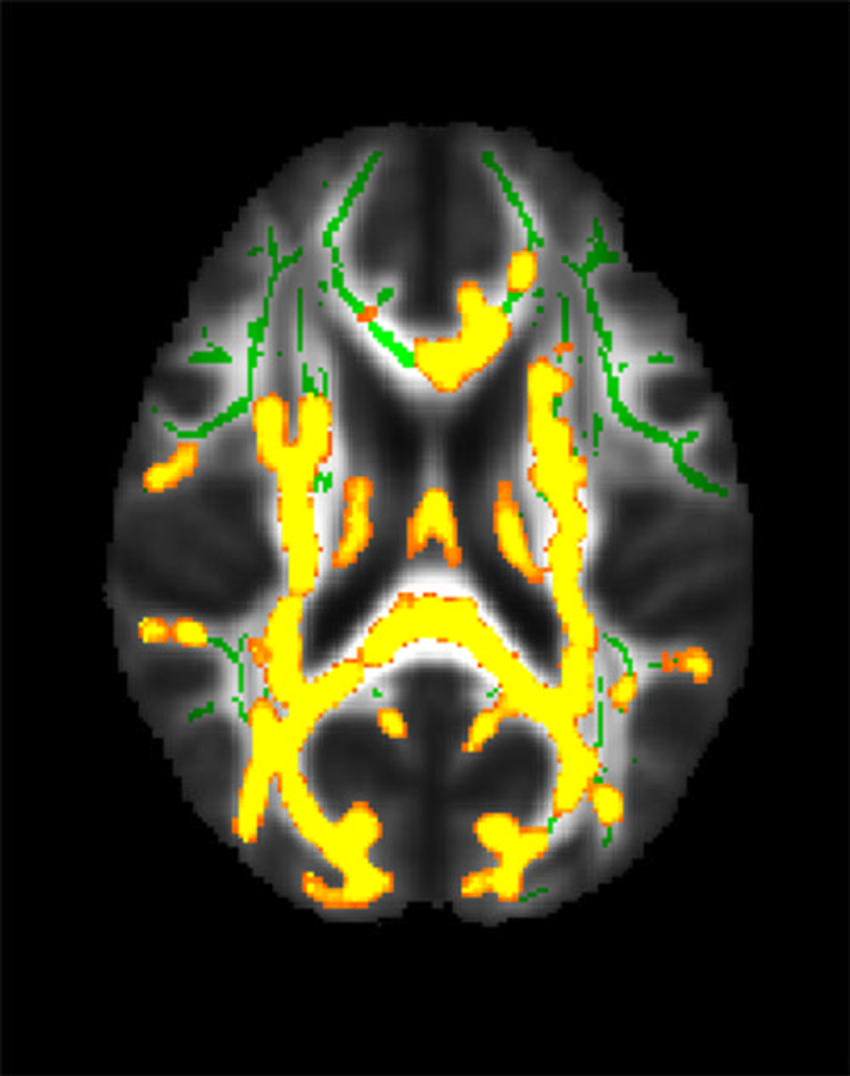Author Interviews, Sleep Disorders / 12.03.2024
Insomnia Linked to Increased Risk of Multiple Chronic Conditions
MedicalResearch.com Interview with:
Soomi Lee, PhD
Associate Professor | Department of Human Development and Family Studies | Center for Healthy Aging
Director of STEALTH Lab: https://sites.psu.edu/stealth/
The Pennsylvania State University
MedicalResearch.com: What is the background for this study?
Response: Sleep quantity and quality decline with advancing age; a risk of chronic conditions also increases with age.
While previous studies report that poor sleep is a significant risk for chronic conditions, many have focused solely on a single dimension of sleep, such as duration, thereby limiting the ability to assess multiple co-occurring dimensions and their associations with chronic conditions.
This study aimed to evaluate multiple dimensions of sleep health, including regularity, satisfaction, alertness, efficiency, and duration. By analyzing data from a national sample of adults (n=3,683) collected over two time points spanning a decade, the study identified four distinct sleep health phenotypes: good sleepers, insomnia sleepers, weekend catch-up sleepers, and nappers. (more…)












 Wilson N. Merrell
Ph.D. Student
Wilson N. Merrell
Ph.D. Student


 Lauren C. Davis, MBS
Department of Medical Education
Geisinger Commonwealth School of Medicine
Scranton, PA 19409
MedicalResearch.com: What is the background for this study?
Response: Financial conflicts of interest (COIs) resulting from ties between academia and industry have been under scrutiny for their potential to hinder the integrity of medical research. COIs can lead to implicit bias, compromise the research process, and erode public trust (1-6). The American Psychiatric Association’s Diagnostic and Statistical Manual of Mental Disorders (DSM), standardizes symptom criteria and codifies psychiatric disorders. This manual contributes to the approval of new drugs, extensions of patent exclusivity, and can influence payers and mental health professionals seeking third-party reimbursements. Given the implications of the DSM on public health, it is paramount that it is free of industry influence. Previous research has shown a high prevalence of industry ties among panel and task force members of the DSM-IV-TR and DSM-5, despite the implementation of a disclosure policy for the DSM-5 (7,8). This study (9) determined the extent and type of COIs received by panel and task-force members of the DSM-5-TR (2022) (10). As the DSM-5-TR did not disclose COI, we used the Center for Medicare and Medicaid Services Open Payments (OP) database (11) to quantify them.
Lauren C. Davis, MBS
Department of Medical Education
Geisinger Commonwealth School of Medicine
Scranton, PA 19409
MedicalResearch.com: What is the background for this study?
Response: Financial conflicts of interest (COIs) resulting from ties between academia and industry have been under scrutiny for their potential to hinder the integrity of medical research. COIs can lead to implicit bias, compromise the research process, and erode public trust (1-6). The American Psychiatric Association’s Diagnostic and Statistical Manual of Mental Disorders (DSM), standardizes symptom criteria and codifies psychiatric disorders. This manual contributes to the approval of new drugs, extensions of patent exclusivity, and can influence payers and mental health professionals seeking third-party reimbursements. Given the implications of the DSM on public health, it is paramount that it is free of industry influence. Previous research has shown a high prevalence of industry ties among panel and task force members of the DSM-IV-TR and DSM-5, despite the implementation of a disclosure policy for the DSM-5 (7,8). This study (9) determined the extent and type of COIs received by panel and task-force members of the DSM-5-TR (2022) (10). As the DSM-5-TR did not disclose COI, we used the Center for Medicare and Medicaid Services Open Payments (OP) database (11) to quantify them.















 Lisa-Marie Smale, PharmD
Lisa-Marie Smale, PharmD
